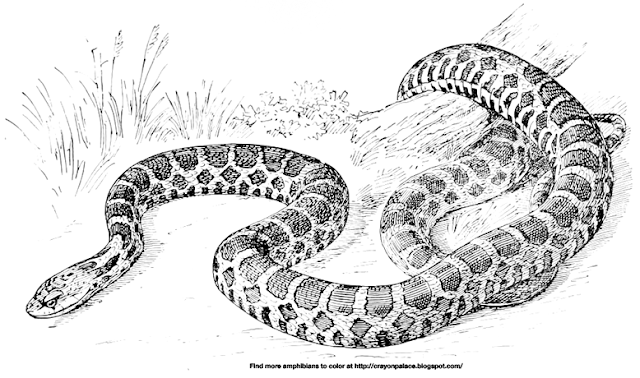Description of the coloring page: cradle, baby, sleeping, mother rocking, wooden floors, curtain and window, old song
Alternate Lyrics as shown in The Real Mother Goose published in 1916:
- Rock-a-bye, baby, thy cradle is green;
- Father's a nobleman, mother's a queen;
- And Betty's a lady, and wears a gold ring;
- And Johnny's a drummer, and drums for the king.
The most common version used today is:
- Rock-a-bye baby, on the treetop,
- When the wind blows, the cradle will rock,
- When the bough breaks, the cradle will fall,
- And down will come baby, cradle and all.
Don't forget to drag the png. or jpg into a Word Document and enlarge the image
as much as possible before printing it folks. If you have a question
about this coloring page, just type into the comment box located
directly below this post and I'll try to get back to you as soon as I
can.











